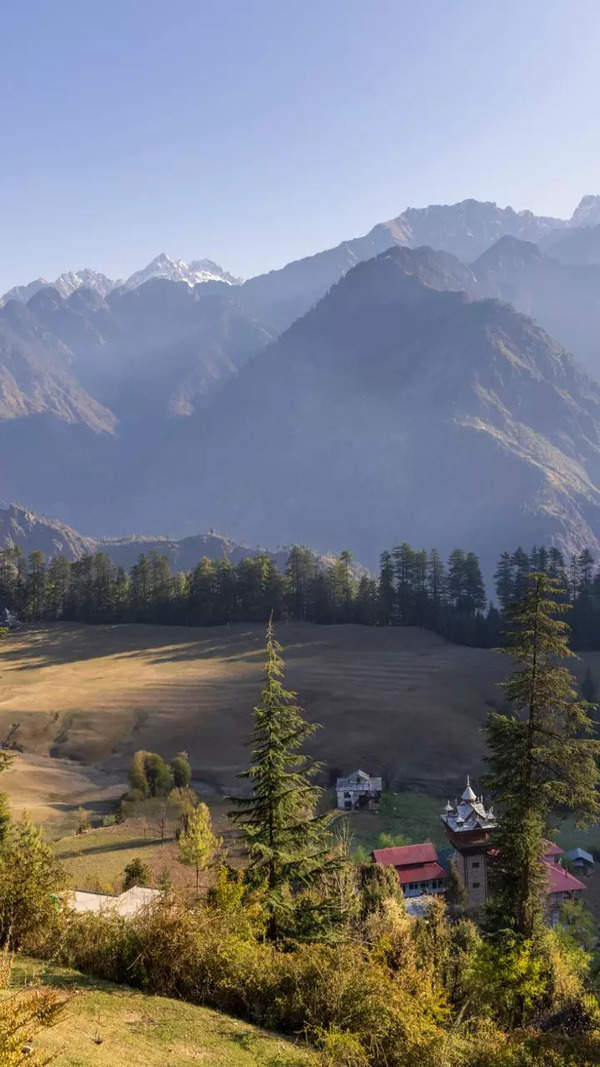Trending
Pollutants turning Taj Mahal yellow above limits for 2 decades: RTI
RTI data reveals that suspended particulate matter (SPM) levels around the Taj Mahal consistently exceed permissible limits from 2001 to 2024, contributing to its discolouration. Despite environmental safeguards like the Trapezium Zone and restrictions on polluting vehicles, SPM levels remain dangerously high. This alarming situation raises concerns about air quality in Agra and its impact on other heritage sites.
AGRA: Levels of suspended particulate matter (SPM) around the Taj Mahal have consistently remained above permissible limits, contributing to the discolouration of the 17th century Mughal-era monument, an RTI response accessed by TOI has revealed.
Data provided by the Archaeological Survey of India (ASI) for the period from 2001 to 2024 shows that annual SPM levels have persistently ranged between 200 and 400 micrograms per cubic metre (μg/m³), substantially exceeding the permissible threshold of 100 μg/m³. A comprehensive analysis of the data revealed that SPM levels stood at 272 μg/m³ in 2001, rose to 334 μg/m³ by 2009, and remained above 200 μg/m³ in 2024.
Expressing concern over the persistent pollution, Agra-based environmentalist Dr Sharad Gupta said, "This is an alarming situation. Despite a thick green cover and restrictions on petrol and diesel vehicles within 500 m of the Taj Mahal, SPM levels remain dangerously high. If this is the scenario around the Taj, one can only imagine the air quality across the rest of Agra, which also houses two other Unesco World Heritage Sites—the Agra Fort and Fatehpur Sikri."
The revelations come in stark contrast to long-standing environmental safeguards in place. In a landmark 1996 judgment, Supreme Court had designated 10,400sqkm around the Taj Mahal as the Trapezium Zone (TTZ) to protect the Unesco World Heritage Site from industrial and vehicular pollution. The order banned the use of coal and coke in industries within the zone, mandated a switch to cleaner fuels like natural gas, and called for relocation or closure of non-compliant units.
A report by a Rajya Sabha committee had earlier flagged similar concerns, warning that elevated SPM was visibly affecting the monument. The panel recommended the use of non-corrosive, non-abrasive clay pack treatment as a remedial measure to remove the deposits and clean the marble surface.
End of Article
FOLLOW US ON SOCIAL MEDIA









